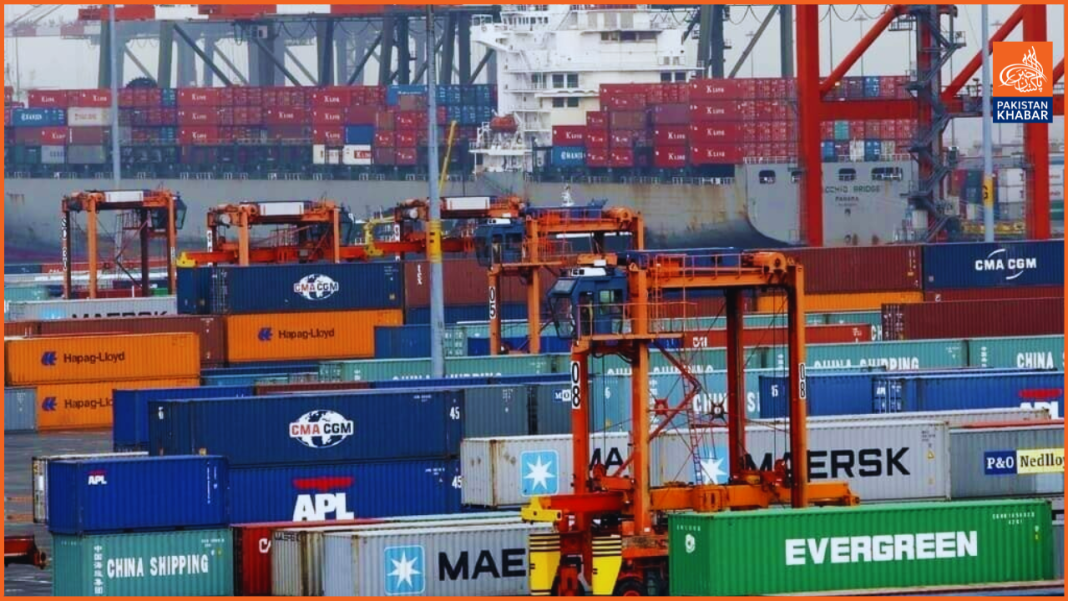Pakistan’s trade deficit increased significantly in April 2025, hitting $3.4 billion, the largest monthly disparity since August 2022. This development was attributed to a notable increase in imports coupled with a decrease in exports, as reported by the Pakistan Bureau of Statistics (PBS).
Compared to March, the deficit grew by over 55%, highlighting rising pressure on the country’s trade balance. April’s exports fell to $2.14 billion, a 19% month-over-month decrease and over 9% less than April of the previous year. In contrast, imports jumped to $5.53 billion, showing an increase of over 14% from March and a 14% rise year-on-year.
In terms of local currency, Pakistan’s exports in April were valued at Rs601.4 billion, while imports stood at Rs1.55 trillion, leading to a monthly trade gap of Rs952 billion.
During the first 10 months of the fiscal year, from July 2024 to April 2025, the total trade imbalance reached $21.35 billion, which was around 9% more than during the same time last year. Exports during this span totaled $26.86 billion, reflecting modest growth of 6.25%, whereas imports climbed to $48.21 billion, a 7.37% increase from the previous year.
Economists link the rise in imports to increased domestic demand, likely spurred by relaxed monetary policy and lower interest rates. Key import sectors include energy and automotive goods. Although remittances from overseas workers remain a crucial financial inflow, the expanding trade gap raises concerns about Pakistan’s balance of payments and external financing needs.



